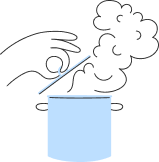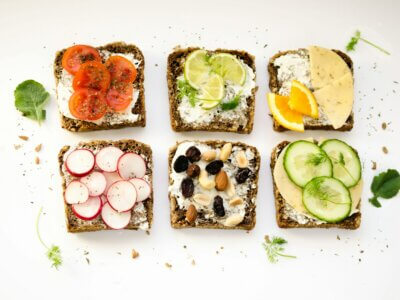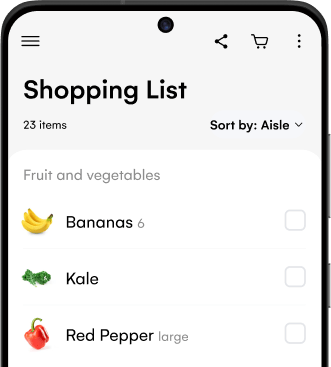Estimated reading time: 5 minutes
A nutrition facts label can be found on most packaged food. It is a quick reference guide that tells you what is in your food. This is such a helpful tool for those that choose to count macros or calorie count. The United States Food and Drug Administration (FDA) is the governing body over the nutrition facts label.
Analyse nutritional information for any recipe

The nutrition facts label received a makeover in 2016 by the FDA – and by now, those have filtered through to all nutrition labels. Some of the changes that were made were the font sizes for the serving sizes and calories. The daily values and the footnote were also updated. Vitamin D, Potassium, Calcium, and iron added to the bottom with actual values and percentages. Lastly, added sugars were placed on the label.
The added sugars part of the label is crucial if you want to decode what’s in your food. But learning how to read the nutrition facts label is really valuable in eating a healthy and balanced diet anyway. With loads of food items sold or packaged as ‘low calorie’ ‘low fat’ or similar, knowing what’s really in there can help you make informed decisions.

What is in a nutrition label?
Let’s break down how to read and interpret the nutrition label. Starting from the top, the label mentions the serving size and how much there is in an entire container. Calories are then listed, followed by finer details. These include far, cholesterol, sodium, carbohydrates (including sugars and fiber), protein, and a few vitamins and minerals.
Basically, it has most of the important information you need to know what’s going into your body.
How to spot added sugars
Spotting added sugars in foods is easier than ever now with the new label, especially if you’re in America! Added sugar has been listed on the label to help make choices based on individual needs. After seeing how many grams of added sugar is in the product, you can check the ingredients label to find out the source.
Added sugars come in many different forms. It is important to note that underneath total sugars, you’ll see ‘including added sugars.’ This is where a little bit of math can help. Don’t worry, we’re not talking about algebra or anything too complex! For example, if total sugar is listed as 5 grams and that includes 5 grams of added sugar, the remaining 5 grams are probably naturally occurring.
Take a granola bar. It might have honey added to it, in addition to other types of sugar. Honey is a natural form of sugar, of course. But it still counts as an added sugar because it is being added to the product and granola doesn’t naturally contain honey. On the flip side, milk contains lactose. This is a form of sugar but it was not added to milk, so it does not count as an added sugar.
Plan ahead and say goodbye to meal time madness

It used to only be identified as sucrose but nowadays, sugar has many other names. These include natural and highly processed forms of sugar. Added sugar can be listed as, honey, maple syrup, molasses, date syrup, brown rice syrup, brown sugar, cane juice, high fructose corn syrup, glucose syrup, dextrose, sucrose, fruit juice, and syrup. Any type of syrup, juice, or nectar will be a form of sweetener.
The FDA uses the daily values (DV) as a quick guide to determine if something is high or low in sugar. If the nutrition label states 5% DV or less then it is considered low in sugar, but if it has 20% DV or more then it is considered high in sugar. These are daily values based on a 2,000 calorie diet, and are to be used as a guide.

Taking the label a step further
The ingredients list is located underneath the nutrition facts label. This is where you can find exactly what is in your food and how it contributes to the label. If you are trying to eat more fiber and the label says 11 grams of fiber, checking the ingredient list is a great way to see where the fiber is coming from. If you see inulin listed, then the fiber has been added to the food.
A nutrition facts label can be a great source of information. Sometimes there are marketing terms on the front of a package, but checking the back for yourself can help you make the right choice for you.
One word of warning: if you struggle or have struggled with disordered eating in the past, be careful about where and when you read nutrition labels. Of course knowing what is making up your balanced diet is useful, but you may find that delving too far into the nutritional information can cause you anxiety.



